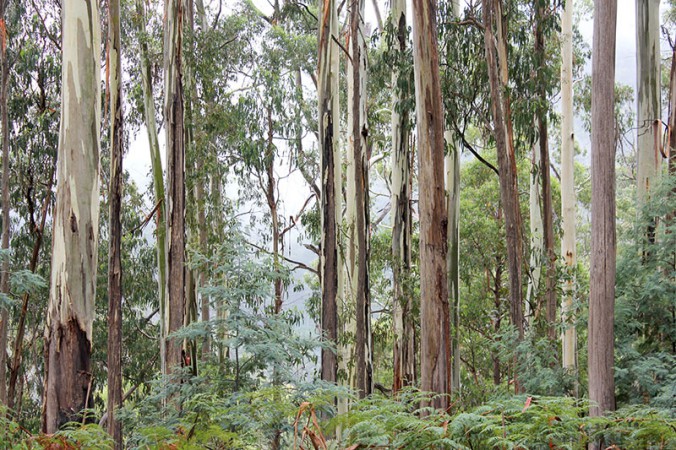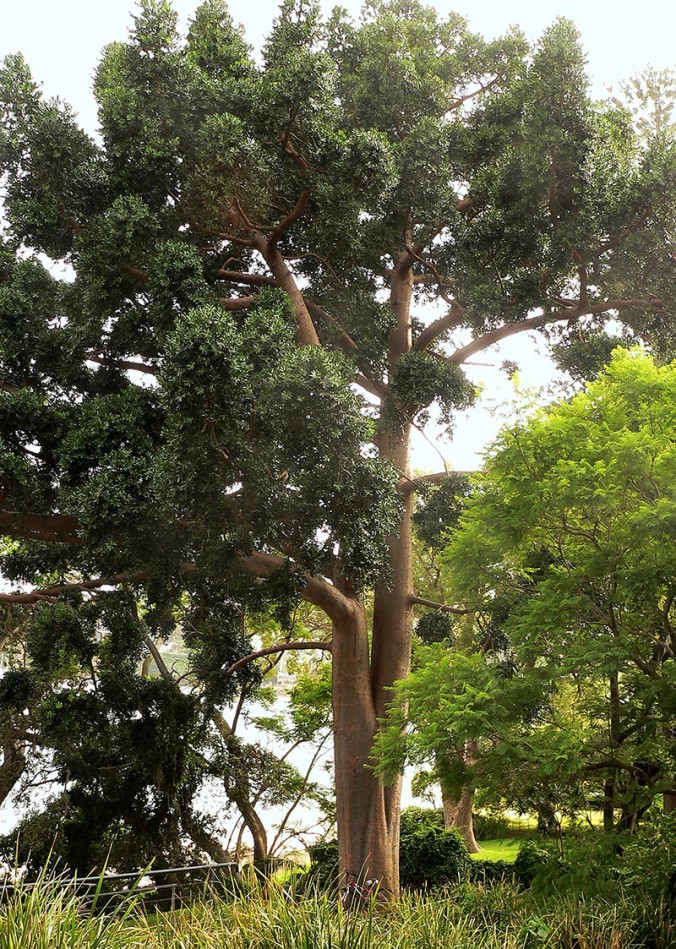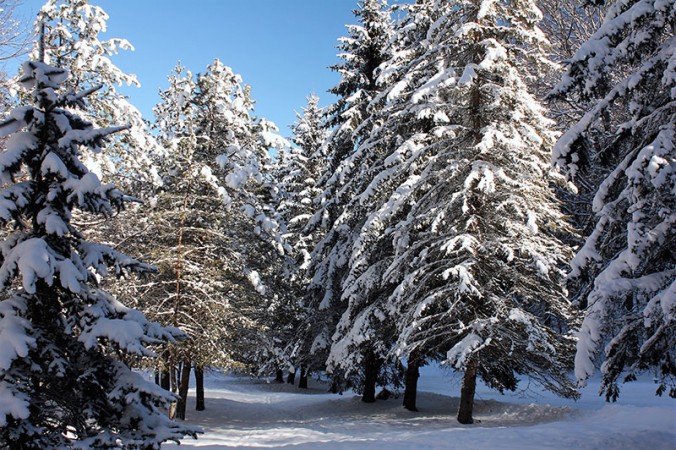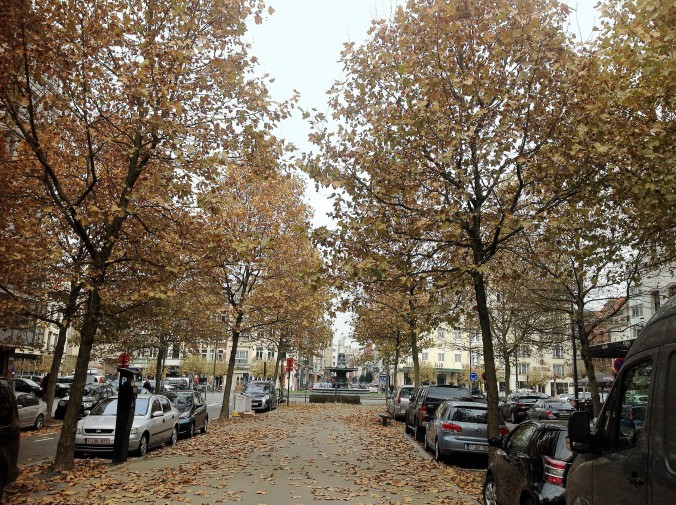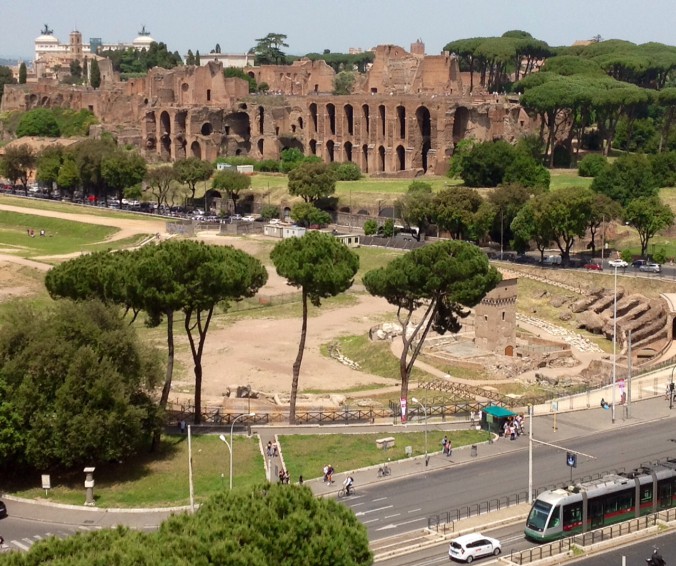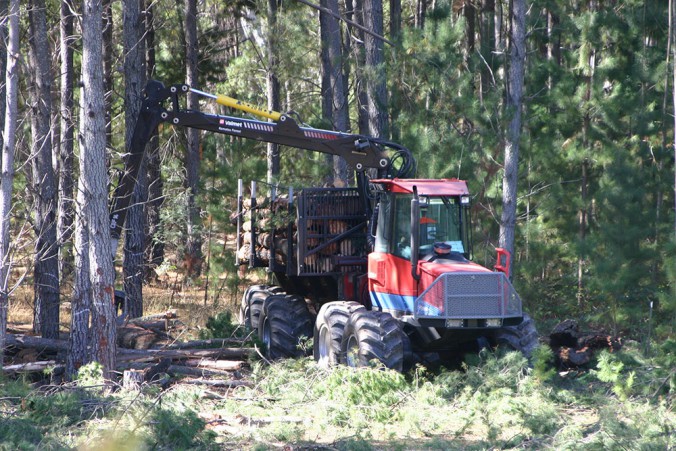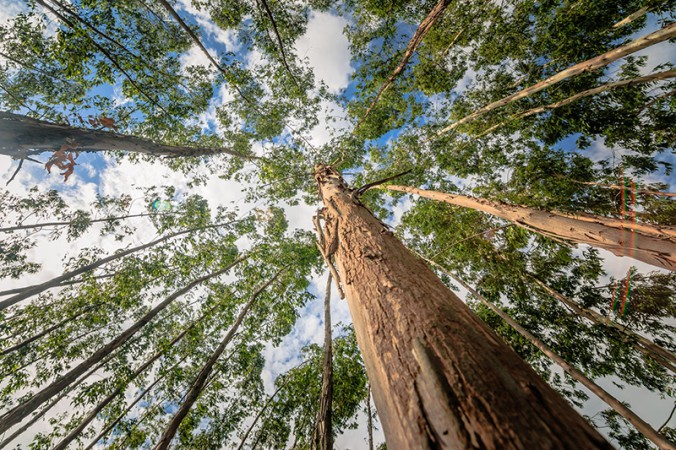Went to Nelson at the top end of New Zealand’s South Island recently to visit my brother Lawrie. While there we hunted out the locally well-known Barrington Gum.
It’s an Australian mountain ash (Eucalyptus regans) thought to have been planted on then open farm land about 1860. It is now embedded within a radiata pine plantation. The tree was officially measured in 2009 and at that time had a height of 72.1 metres and a diameter of 2.4 metres. The tree is listed in the New Zealand Tree Register at: www.notabletrees.org.nz.
The impressive mountain ash forests of the state of Victoria in Australia are… Read more “Big Victorian mountain ash tree in Nelson”
